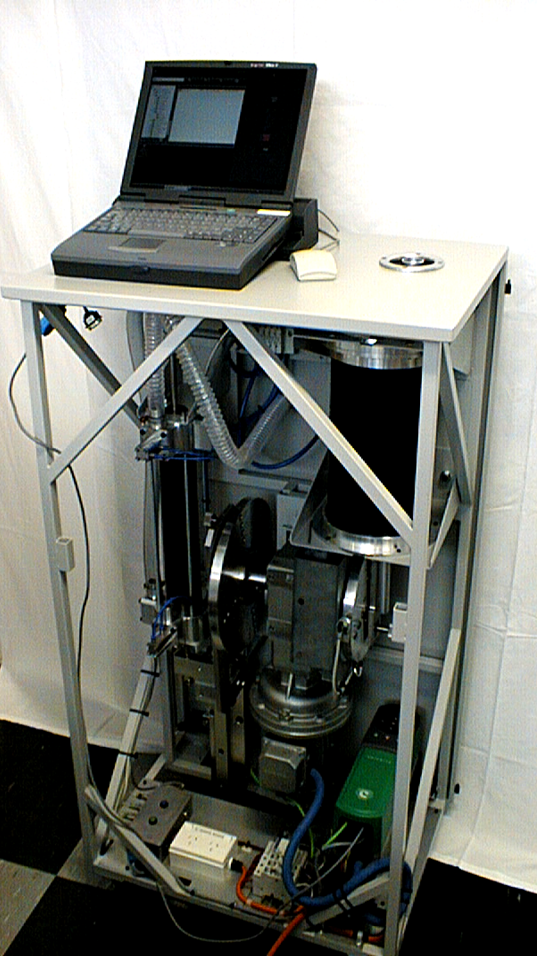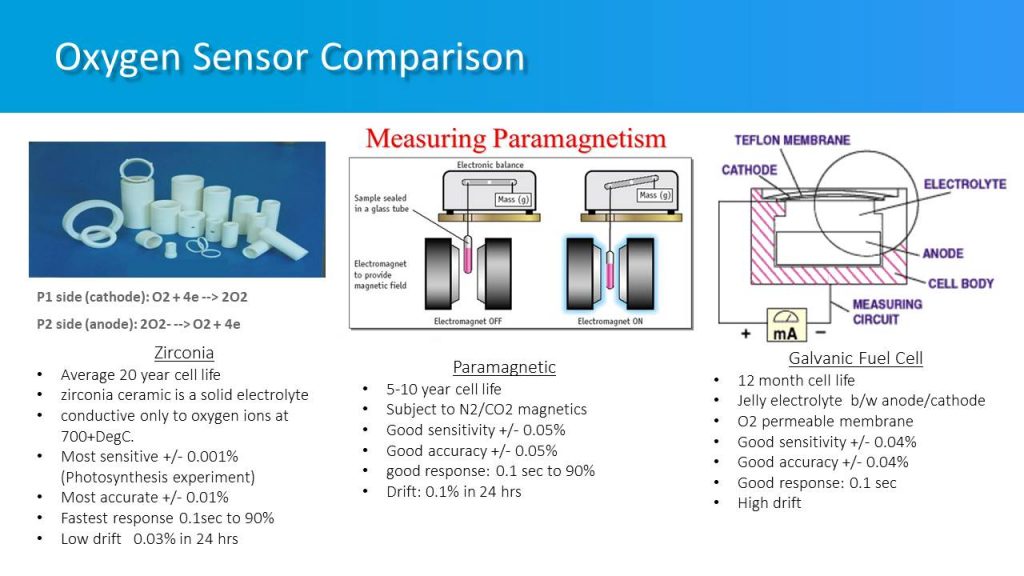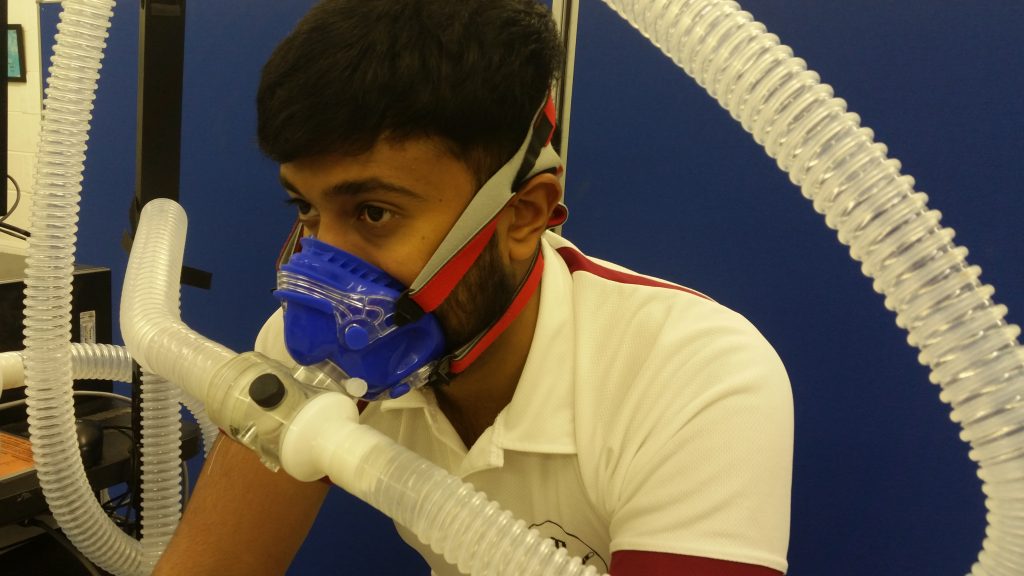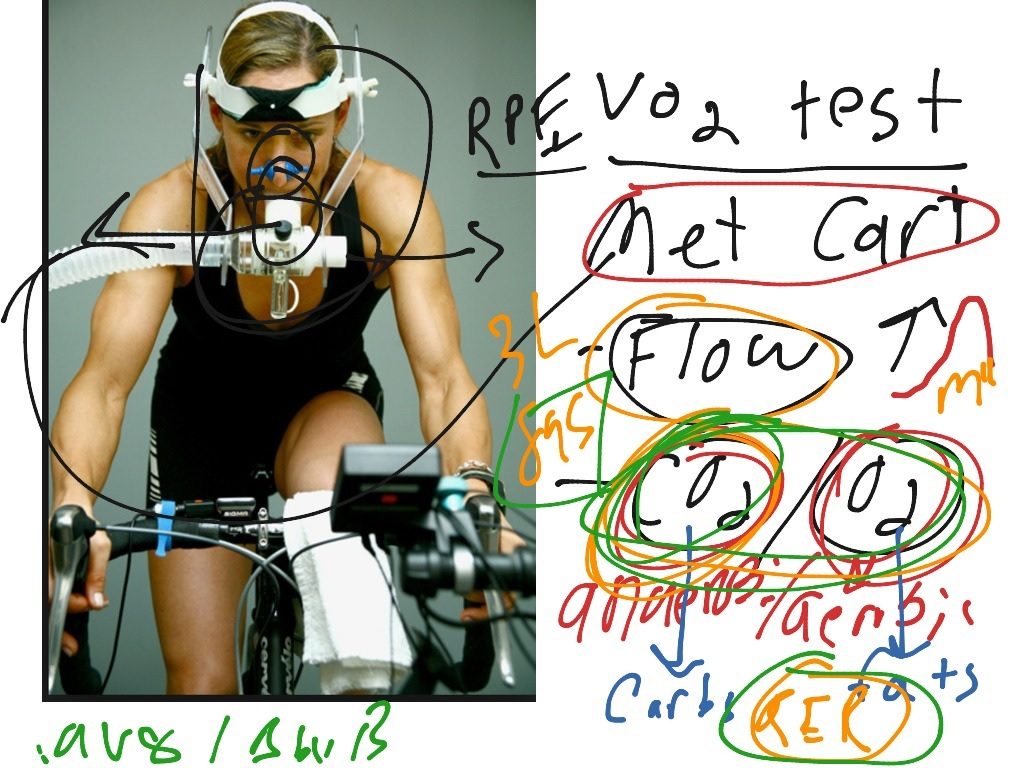Understanding the importance of sensor accuracy and stability.

Claims of accuracy?
Most manufacturer’s of metabolic systems will claim that they have the most
accurate or at least a highly accurate metabolic system. The reason that these
claims go undisputed, is that there are very few people who have the means to test
this claim properly.
The reason for this is complicated but in simple terms, it is very difficult to produce human
respiratory outputs that mimic our breath cycles and humidity. We can calibrate O2, CO2
and ventilation accurately, we can even utilise metabolic calibrators but unless we output
human breath cycles, which are complicated waveforms and unless we add humidity
(the biggest data confounder of all), we cannot validate these claims accurately. Only one
system comes close and that is the Max II calibrator produced by the Australian Institute
of Sport. People try to validate systems using a comparison against Douglas bags but this
has its own issues and the input is a human(unknown) rather than a controlled and known input.

Max II Metabolic Calibrator (AIS)
O2 and CO2 Sensors?
Almost all metabolic system manufacturers do not produce their own sensors but rather
insert off the shelf sensors. In the case of Oxygen sensors (the most critical in VO2),
these are usually Galvanic cell or Paramagnetic. Both good systems but the Galvanic cell
drifts quite a lot and the Paramagnetic is not overly accurate. The Paramagnetic system
suffers from the fact that other gases like N2 and CO2 also have some paramagnetic properties
creating some error. The Galvanic cell requires the O2 to permeate through a membrane. It is
also never off and subsequently suffers from very short life span and reliability.
AEI technologies use a different kind of sensor made of Zirconia Oxide. It is hard to make
and hard to get right but when you do, its unbeatable as an Oxygen sensor. In fact nearly
an order of magnitude more accurate and stable. AEI make these sensors themselves and
that is why their metabolic systems have the most accurate sensors in the world and
subsequently the most accurate metabolic systems also. The Zirconia Oxide can only react to
Oxygen (as per below) and so it can be extremely finely tuned (0.001% O2). It is sensitive enough to measure O2 in Photosynthesis in single leaf experiments.

Sensor Accuracy:
So why is the sensor accuracy so important? Well if you have even a small O2 sensor error,
the VO2 error is many multiples of this. See below:
For example lets examine a gas in the middle of the breathing range, say 17.5% Oxygen and see
what happens when we propagate its error into the VO2 calculation…
Oxygen 5% relative error = 17.5 x 0.05 = Oxygen 0.875 % absolute error. This translates to 30+% VO2 error
Oxygen 1% relative error = 17.5 x 0.01 = Oxygen 0.175% absolute error. This translates to 6.5+% VO2 error
To obtain any reasonable VO2 error you must have analysers and calibration
gases that have no more error than 0.02% absolute error, which roughly translates
as 1% VO2 error, when added to other errors like ventilation error (1-2%),
humidity (0.1 to 5%), timing delays, breath by breath smoothing algorithms,
etc. we’re lucky to have about about 3% VO2 error in total. In reality most systems
can not do better than about 10% overall. This wont show up in Douglas Bag studies
becauae it is estimated the DB method has its own 5% error. It is possible that for this
reason it was once thought that the Human VO2 varied about 5%. However human
performance against a stopwatch (say in a 1500m race) varies by less than 1% in
elite performers in a full year. This indicates that it is more likely that the DB method
had a large error associated with it.
To understand this information better see the following links:






